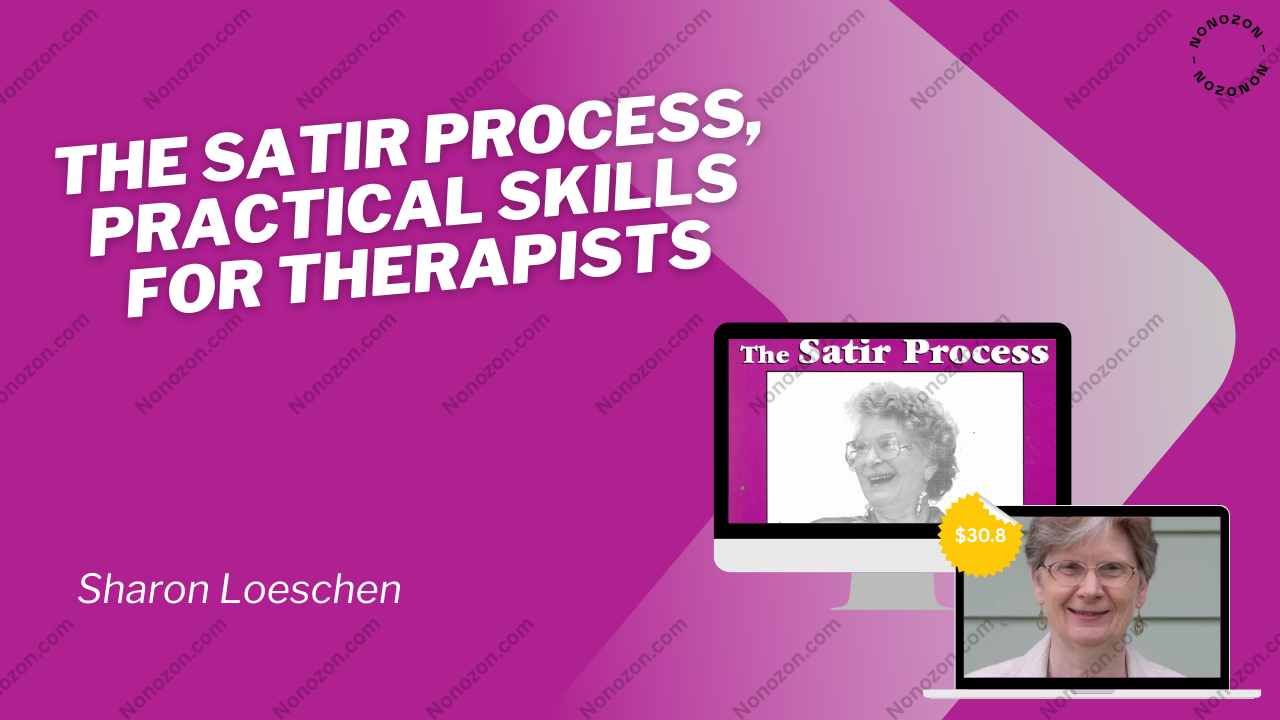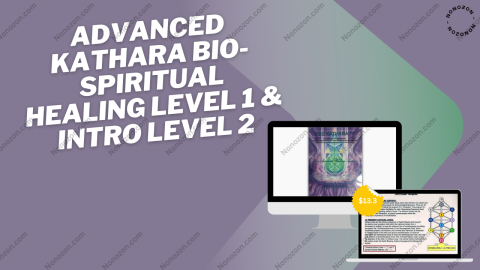The Satir Process, Practical Skills for Therapists
by Sharon Loeschen
Get The Satir Process, Practical Skills for Therapists by Sharon Loeschen Digital Download!
You can check proof of content here
Download immediately The Satir Process, Practical Skills for Therapists by Sharon Loeschen
Overview

An In-Depth Look at The Satir Process by Sharon Loeschen
Effective therapeutic work hinges on a clear understanding of family dynamics. In The Satir Process: Practical Skills for Therapists, Sharon Loeschen delves into the groundbreaking work of Virginia Satir, a pioneer in the field of family therapy. This book highlights actionable techniques that therapists can immediately incorporate into their practice, balancing foundational concepts with experiential exercises. Aimed at both newcomers and seasoned professionals, the book provides a distinctive perspective by framing families as complex, interconnected systems.
Satir’s methodology distinguishes itself by viewing issues through the lens of the family unit rather than in isolation. This systemic approach equips therapists with the tools to address interpersonal patterns that emerge during family interactions. Loeschen underscores the importance of nurturing each member’s internal strengths, shifting away from a purely diagnostic model. Unlike traditional approaches that emphasize pathology, Satir’s model seeks to inspire growth and connection.
Core Concepts of the Satir Framework
At the heart of Virginia Satir’s therapeutic philosophy is a six-step process that Loeschen articulates with precision. The first stage, establishing rapport, centers on making genuine contact through nonverbal gestures such as eye contact and body posture. This stage is fundamental for creating an atmosphere of safety and openness. Therapists must develop sensitivity to these nonverbal messages to effectively build trust.
Next, in affirming personal value, therapists strive to make clients feel seen and acknowledged. This includes validating emotions and emphasizing individual strengths. For example, when a child shares their frustration, recognizing and affirming those feelings helps foster emotional security. This validation lays the groundwork for deeper communication and personal development.
In the third stage, raising awareness, the goal is to increase family members' understanding of their interaction patterns. Techniques like “sculpting”—a physical representation of relational roles—help surface these dynamics. This tactile approach encourages reflection and promotes insight into how family roles and behaviors impact one another.
The fourth step, fostering empathy and acceptance, involves normalizing experiences and promoting understanding between members. Loeschen advises therapists to facilitate conversations that build compassion and shared meaning. This is crucial for bridging perspectives and fostering emotional connection.
Facilitating Growth and Sustaining Progress
The fifth stage, promoting constructive change, marks a turning point in the Satir model. Here, therapists guide families to make healthier choices and break unhelpful cycles. Through meaningful dialogue, family members are encouraged to clarify their needs and goals. This process requires a skilled therapist to keep the discussion focused and collaborative.
The final stage, reinforcing improvements, involves highlighting and encouraging positive changes. Even small behavioral shifts should be recognized and celebrated, as this reinforces progress and motivates continued effort. Celebrating success—no matter how small—can spark long-term transformation in family dynamics.
Beyond the conceptual framework, Loeschen provides numerous case examples and practical exercises that therapists can implement. A notable theme in the book is the therapist's own self-awareness and growth. Echoing Satir’s belief that “the therapist is the most important instrument,” Loeschen emphasizes the need for self-reflection to maximize therapeutic effectiveness.
Practical Tools and Clinical Relevance
One of the major strengths of The Satir Process is its seamless integration of theory and application. Therapists aiming to expand their practical repertoire will appreciate the book’s real-life case studies and in-session strategies. Each chapter includes reflective exercises that combine personal development with intervention skills, offering a rich toolbox for therapists to draw from.
Loeschen also stresses that therapy is a collaborative endeavor. In family work, active involvement from all members is critical. Therapists are encouraged to nurture open and honest communication, which is essential for managing conflicts and achieving lasting change.
Among the practical techniques featured are role-playing and genograms. Role-playing helps family members understand different perspectives by acting out real-life situations. Genograms, on the other hand, visually map out family relationships, revealing generational patterns that may influence current dynamics.
Comparing the Satir Approach to Other Modalities
To better understand the Satir method, it’s useful to compare it with other well-known therapeutic models:
| Feature | Satir Process | Cognitive Behavioral Therapy (CBT) | Psychodynamic Therapy |
|---|---|---|---|
| Primary Focus | Family relationships and interaction patterns | Individual thought processes and behaviors | Subconscious drives and early life experiences |
| Main Techniques | Sculpting, validating, experiential methods | Cognitive reframing, behavioral tasks | Dream analysis, free association |
| Therapist’s Role | Dialogue facilitator within family systems | Guides restructuring of thinking patterns | Investigator of unconscious motivations |
| Therapeutic Aims | Improve communication and family functioning | Modify maladaptive thinking | Increase self-awareness and insight |
| Duration of Treatment | May require extended engagement due to complexity | Typically shorter, goal-directed | Often long-term depending on depth |
Professional Feedback and Clinical Outcomes
The Satir Process: Practical Skills for Therapists has been well-received by practitioners, many of whom commend Loeschen for bridging theoretical concepts with practical application. The user-friendly exercises and emphasis on real-world strategies make the book especially relevant to contemporary therapists who value both structure and flexibility in their approach.
Empirical studies have also affirmed the effectiveness of Satir-based interventions, indicating improvements in communication and emotional closeness among families. Furthermore, the model has proven beneficial in educational contexts, helping train new therapists with an emphasis on self-awareness and client engagement.
Final Thoughts
To sum up, Sharon Loeschen’s The Satir Process is an essential guide for therapists looking to deepen their practice with family systems work. The book’s integration of experiential exercises, theoretical clarity, and actionable tools makes it an invaluable asset for enhancing therapeutic impact. By shifting attention from pathology to possibility, and from individuals to the family system, Loeschen encourages a more holistic and empowering approach to therapy.
Whether you're just beginning your therapeutic journey or seeking to expand your existing methods, this book offers a transformative perspective on healing and growth. Its focus on personal connection and systemic understanding makes it a must-read for anyone committed to meaningful, lasting change in the lives of their clients.
Related products

Schema therapy step by step
by Remco van der Wijngaart and Hannie van Genderen
$99.00
$38.50



